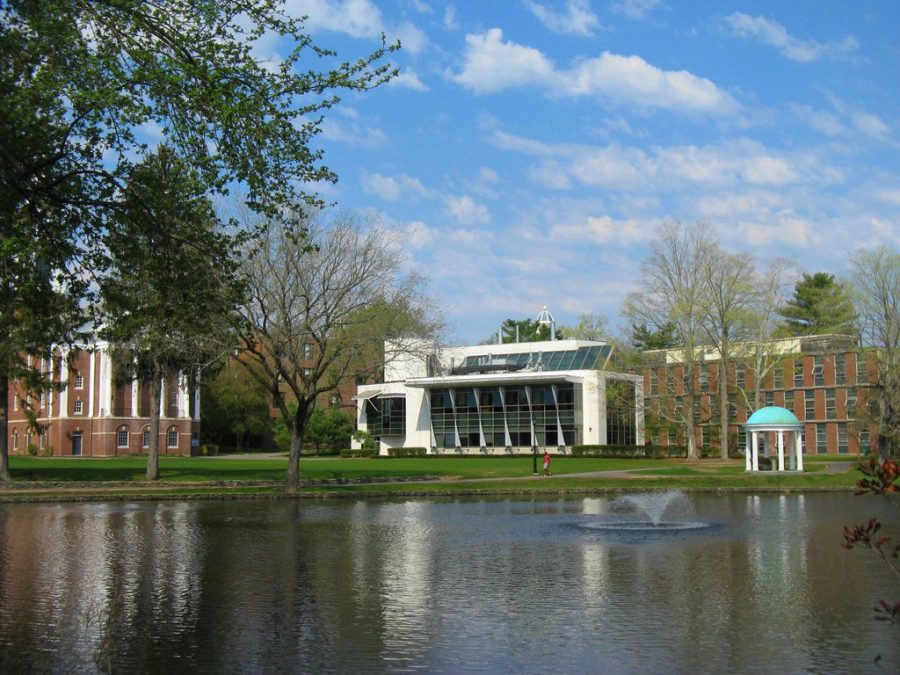Expanding Access
April 22, 2022
"Wheaton College Campus" by In Memoriam: Mr. Ducke is marked with CC BY-NC 2.0.
Less selective colleges often get less attention from students and less funding.
Lowell High School is an elite public school in San Francisco. Competition for admission is fierce. But in light of the COVID-19 pandemic, the school switched to a lottery system to select its next class. As students and staff entered the building in the fall of 2021, they were all acutely aware that the selection process had been random, putting kids of all backgrounds and abilities together at Lowell for the first time.
Students and teachers alike struggled at the beginning. But as the year progressed, they adapted, with many students who would have previously never gotten into Lowell taking to the rigorous education and teachers crafting the structure needed to propel them to success. As the approaching summer brings an end to the experiment, the change threatening the excellence of Lowell is not the results of the lottery system, but impending budget cuts.
Public institutions, which enroll 73 percent of American college students, saw a decline in the average appropriation per student of 20 percent between 1990 and 2015.
“There are sixty thousand undergraduates in Ivy League colleges. There are four hundred and twenty-eight thousand students, seven times as many, in the Cal State system alone,” writes Louis Menand for The New Yorker. “Those students should be getting more resources.”
High schools should also do a better job of directing students to less selective colleges that still provide an excellent education, which themselves should receive more funding. Three-quarters of schools that use the Common App have acceptance rates of over 50 percent, but too many students and parents are focused on the few with acceptance rates in the single digits.
Inequality in the U.S. cannot be fixed by the relatively modest steps taken by test companies and colleges to diversify. That is because—just like the SAT, or like any process that alleges to measure merit—the college admissions process is evaluating students who have not started in the same place. Incredible students from disadvantaged backgrounds can demonstrate their ability and climb the socioeconomic ladder. But, more often than not, generational inequalities compound. Even as the percentage of college graduates has increased, so, too, has income and wealth inequality.
